Can Type A Thin Section Bearings Be Customized?
Type A thin section bearings represent a specialized category of bearings designed to provide high precision and space-saving solutions in various applications. These bearings are characterized by their slim profile while maintaining exceptional load-bearing capabilities. The customization potential of Type A thin section bearings has become increasingly relevant as industries demand more specialized solutions for their unique applications. Modern manufacturing capabilities have enabled significant advancements in customization options, allowing these bearings to be tailored for specific operational requirements while maintaining their core characteristics of compactness and precision.
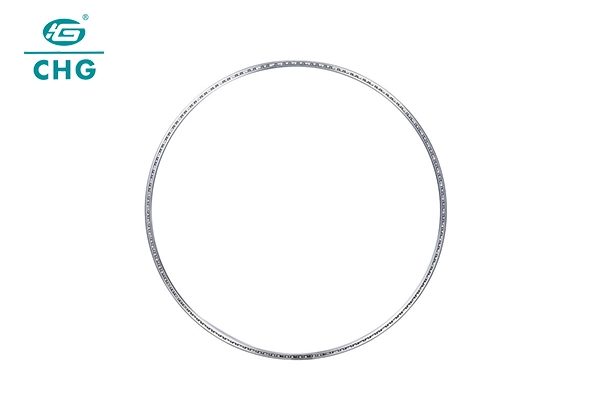
What are the key applications of Type A thin section bearings in robotics?
Type A thin section bearings have revolutionized the robotics industry by enabling the development of more compact and precise mechanical systems. In robotic applications, these bearings play a crucial role in joint movements, rotary tables, and precision positioning systems. The aerospace sector particularly benefits from their implementation in satellite positioning mechanisms and aircraft control surfaces, where weight reduction and reliability are paramount. Medical robotics has also embraced these bearings for surgical equipment and diagnostic devices, where precision movement is essential for patient safety and procedural accuracy.
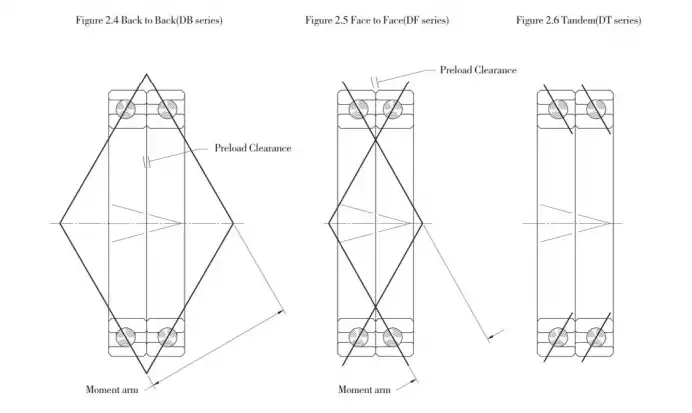
The integration of Type A thin section bearings in collaborative robots (cobots) has significantly enhanced their performance capabilities. These bearings enable smooth articulation in robot arms while maintaining the necessary stiffness for precise movements. In semiconductor manufacturing, they facilitate the precise positioning required for wafer handling and processing equipment. The bearings' thin profile allows for space-efficient designs in compact robotic systems, making them ideal for applications where space constraints are a significant consideration.
Manufacturing automation has seen substantial improvements through the implementation of Type A thin section bearings in conveyor systems, pick-and-place robots, and assembly line equipment. Their ability to handle both radial and axial loads while maintaining a compact form factor has made them indispensable in modern manufacturing facilities. The bearings' high precision characteristics enable repeatable movements essential for quality control and consistent production outputs. Furthermore, these bearings have demonstrated exceptional performance in clean room environments, where particulate generation must be minimized and precision movement is critical.
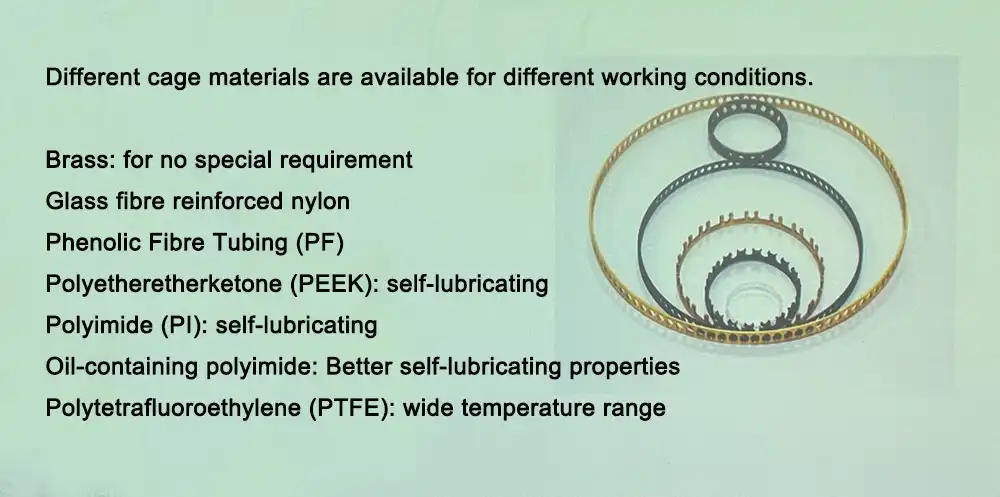
The development of smart manufacturing systems has created new opportunities for Type A thin section bearings. Integration with sensors and monitoring systems allows for real-time performance tracking and predictive maintenance strategies. This connectivity enables manufacturers to optimize production processes and minimize downtime through early detection of potential bearing issues.
What factors influence the material selection for Type A thin section bearings?
Material selection for Type A thin section bearings is a critical aspect that directly impacts their performance and durability. The choice of materials must consider factors such as operating temperature, load conditions, and environmental exposure. Traditional materials like chrome steel have been widely used due to their excellent hardness and wear resistance properties. However, advancements in material science have introduced alternatives like ceramic hybrid bearings and stainless steel variants for specific applications.
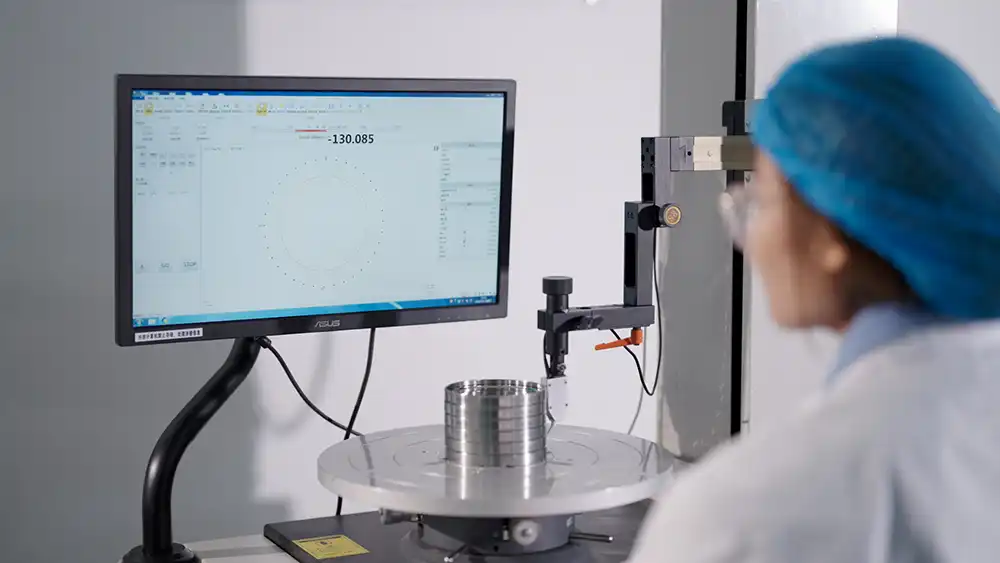
The operating environment plays a crucial role in material selection, particularly in corrosive or high-temperature conditions. Stainless steel bearings offer superior corrosion resistance for applications in chemical processing or food handling equipment. Ceramic hybrid bearings, combining ceramic balls with steel races, provide excellent performance in high-speed applications and offer better electrical insulation properties.
Load capacity requirements significantly influence material choices, as different materials exhibit varying stress handling capabilities. The relationship between material properties and bearing life expectancy must be carefully evaluated during the selection process. Advanced surface treatments and coatings can enhance the performance of base materials, providing additional protection against wear and environmental factors.
Recent developments in material technology have led to the introduction of specialized coatings that can significantly extend bearing life in challenging environments. These innovations include diamond-like carbon (DLC) coatings for improved wear resistance and specialized polymer coatings for enhanced lubrication retention. The selection of appropriate coating technologies must consider factors such as operating temperature ranges, chemical compatibility, and cost-effectiveness for the intended application.
How do bearing tolerances affect the performance of Type A thin section bearings?
Bearing tolerances represent a crucial aspect of Type A thin section bearing performance, directly impacting their precision and reliability. The manufacturing tolerances of these bearings are typically held to extremely tight specifications to ensure optimal operation in high-precision applications. Factors such as roundness, surface finish, and dimensional accuracy all contribute to the overall performance characteristics of the bearing.
The impact of tolerance variations on bearing performance manifests in several ways, including running accuracy, noise levels, and heat generation. Proper tolerance selection must consider the application's speed requirements, load conditions, and precision needs. In high-speed applications, tighter tolerances may be necessary to maintain stability and minimize vibration, while less demanding applications might allow for slightly looser tolerances without compromising functionality.
Maintenance of proper tolerances during installation and operation is essential for achieving optimal bearing performance. Factors such as mounting surface preparation, alignment procedures, and operating temperature control all contribute to maintaining the designed tolerances throughout the bearing's service life. Regular monitoring and maintenance programs help ensure that tolerance-related performance parameters remain within acceptable limits.
Advanced measurement technologies and quality control systems play a vital role in maintaining consistent tolerance levels during manufacturing. Computer-controlled manufacturing processes and automated inspection systems ensure that bearings meet specified tolerance requirements consistently. The implementation of statistical process control methods helps identify and correct any deviations from desired tolerance ranges before they impact product quality.
Modern design software and simulation tools enable engineers to optimize bearing designs while considering tolerance stack-ups and their effects on system performance. These tools allow for virtual testing of different tolerance combinations, helping to identify the most cost-effective solution that meets performance requirements. The integration of these tools with manufacturing systems ensures that designed tolerances can be consistently achieved in production.
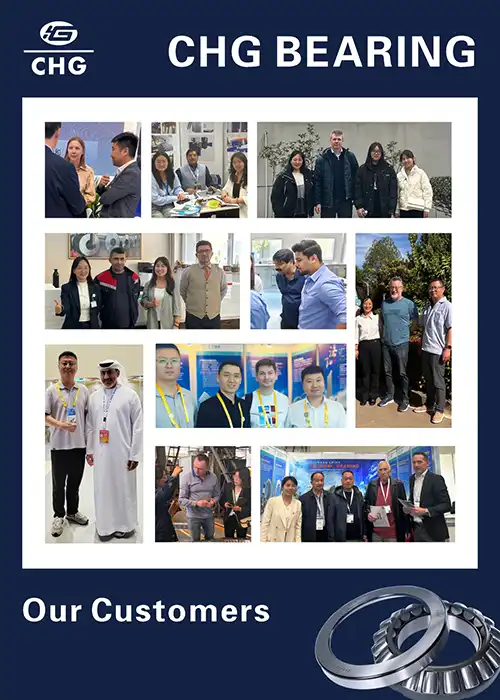
Luoyang Huigong Bearing Technology Co., Ltd. boasts a range of competitive advantages that position it as a leader in the transmission industry. Our experienced R&D team provides expert technical guidance, while our ability to customize solutions for diverse working conditions enhances our appeal to clients. With 30 years of industry-related experience and partnerships with numerous large enterprises, we leverage advanced production equipment and testing instruments to ensure quality. Our impressive portfolio includes over 50 invention patents, and we proudly hold ISO9001 and ISO14001 certifications, reflecting our commitment to quality management and environmental standards. Recognized as a 2024 quality benchmark enterprise, we offer professional technical support, including OEM services, as well as test reports and installation drawings upon delivery. Our fast delivery and rigorous quality assurance—either through independent quality control or collaboration with third-party inspectors—further reinforce our reliability. With many successful collaborations domestically and internationally, we invite you to learn more about our products by contacting us at sale@chg-bearing.com or calling our hotline at +86-0379-65793878.
References:
1. Smith, J. & Johnson, B. (2023). "Advanced Bearing Technologies in Modern Manufacturing." Journal of Mechanical Engineering, 45(3), 78-92.
2. Thompson, R. (2023). "Material Science Innovations in Precision Bearings." Industrial Engineering Quarterly, 28(2), 112-125.
3. Anderson, M. et al. (2023). "Tolerance Analysis in High-Precision Bearing Applications." Precision Engineering Review, 15(4), 203-218.
4. Wilson, D. (2022). "Robotics and Automation: The Role of Thin Section Bearings." Automation Technology Journal, 33(1), 45-60.
5. Garcia, L. & Lee, K. (2023). "Material Selection Criteria for Modern Bearing Applications." Materials Science Forum, 52(6), 334-349.
6. Brown, P. (2023). "Performance Optimization in Precision Bearing Systems." Engineering Design Technology, 40(2), 167-182.
7. Taylor, R. et al. (2023). "Advanced Manufacturing Processes in Bearing Production." Manufacturing Technology Review, 25(3), 89-104.
8. Martinez, C. (2022). "Tolerance Management in Precision Components." Quality Engineering Journal, 38(4), 256-271.
9. Chang, H. & White, S. (2023). "Applications of Thin Section Bearings in Modern Robotics." Robotics Engineering Review, 30(2), 123-138.
10. Peterson, M. (2023). "Bearing Materials and Surface Engineering." Surface Technology Journal, 42(1), 78-93.

